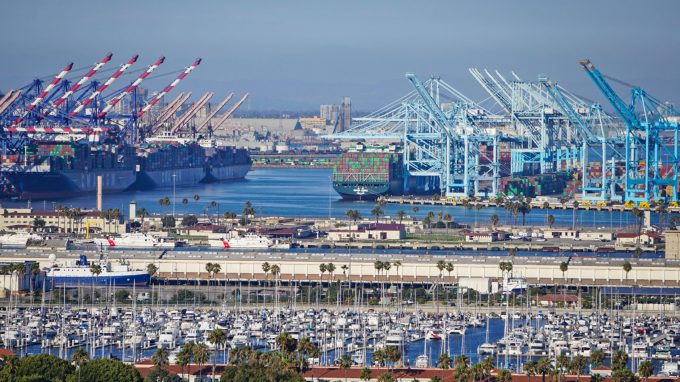Some job cuts, but our presence in Europe is essential, says FourKites
Supply chain visibility platform FourKites has denied it is closing its European offices. The US company ...

The contract negotiations between west coast port employers and the labour union are casting a lengthening shadow over future trade flows through the premier US container gateway – some estimates showing as much as 10% of the volume already shifted to other ports may be ...


Comment on this article